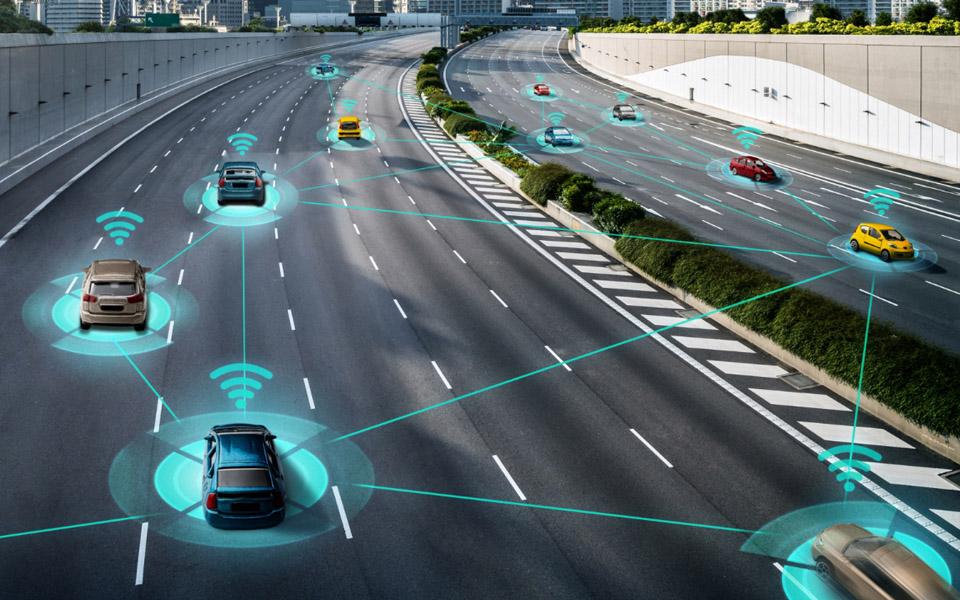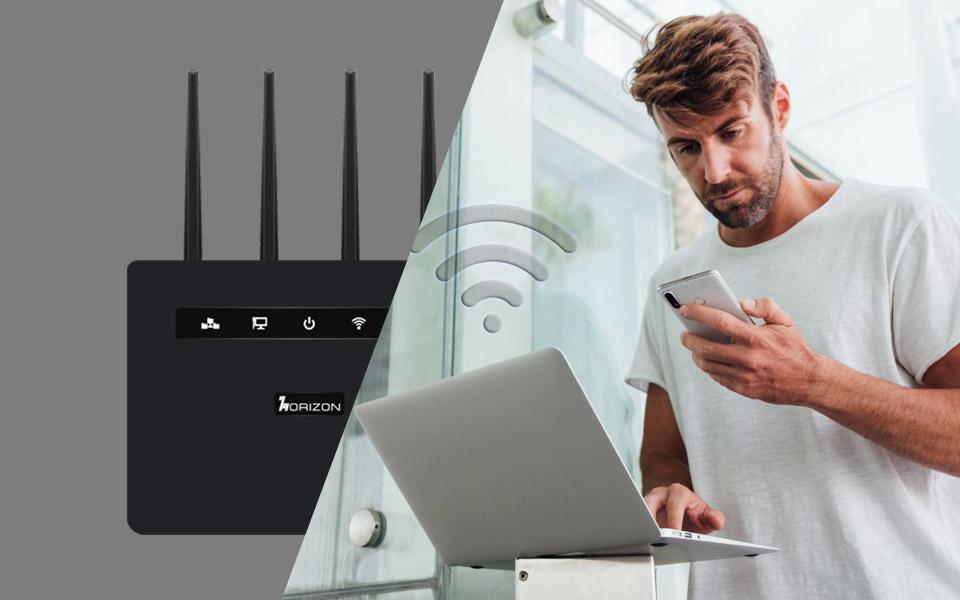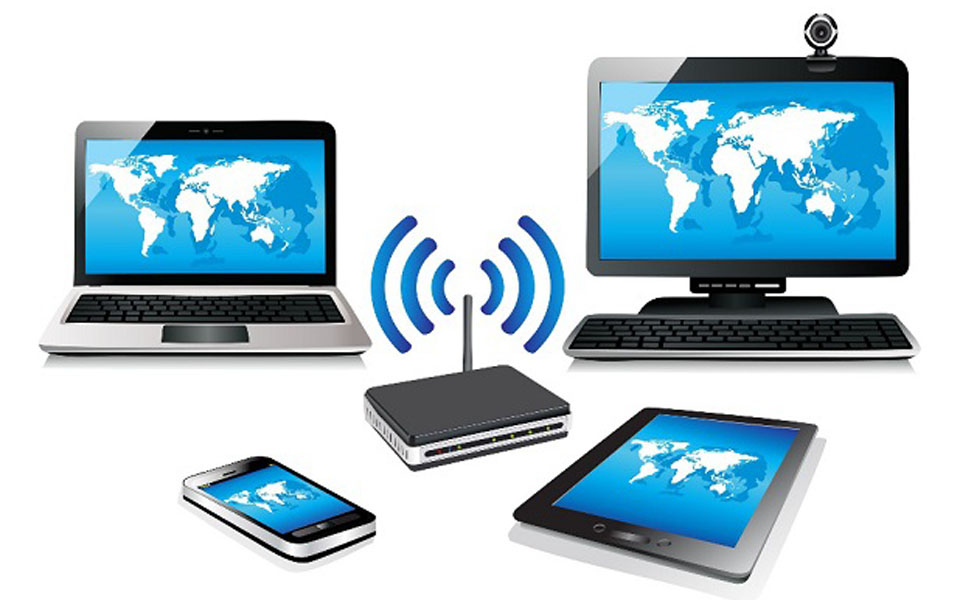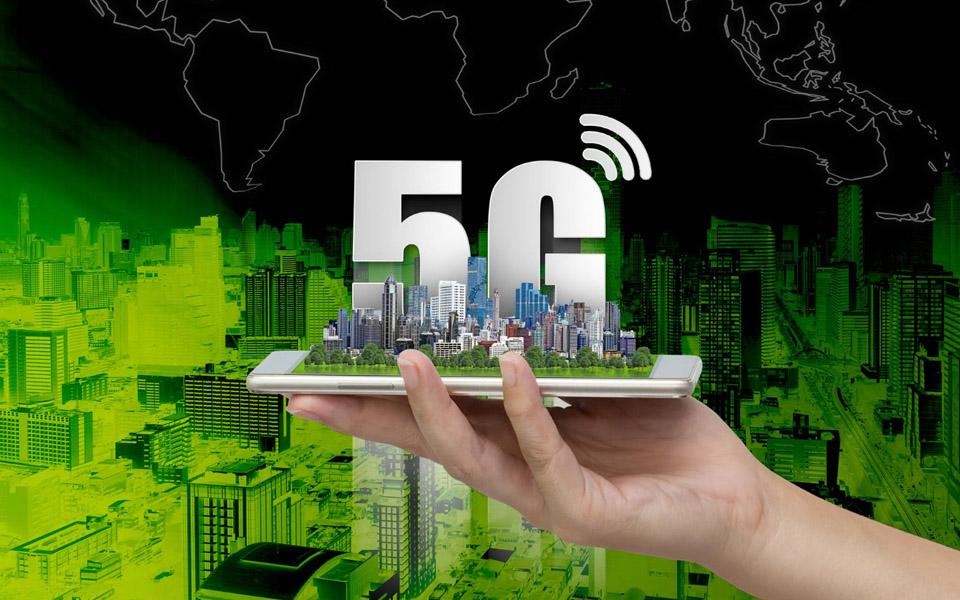5G and Its Future Trends in the Transportation Sector
The fifth-generation technology standard for broadband cellular networks, known as 5G, is not just an incremental improvement over its predecessor but a key enabler of a new era of connectivity. The transportation sector, in particular, stands on the brink of a revolution, propelled by 5G’s unprecedented capabilities. This article delves into the multifaceted impact of 5G on transportation, exploring current trends and forecasting future shifts.

Below lets shed some light on the few trends and developments:
- Enhanced Connectivity and Reduced Latency
- Autonomous Vehicles and Advanced Driver-Assistance Systems (ADAS)
- Smart Infrastructure and Traffic Management
- Impact on Public Transportation
- Logistics and Fleet Management
1. Enhanced Connectivity and Reduced Latency
The promise of 5G in transportation is twofold: it offers enhanced connectivity, allowing for more wireless devices to be connected simultaneously, and it drastically reduces latency, which is the delay before a transfer of data begins following an instruction.
Real-Time Data Processing:
The ability to process data in real-time is crucial for the instantaneous decision-making required in autonomous transportation modes. 5G’s low latency facilitates this, enabling vehicles to respond to dynamic road conditions, traffic signals, and unexpected hazards with minimal delay, thereby enhancing safety and efficiency.
Vehicle-to-Everything (V2X) Communication:
5G’s bandwidth accommodates the needs of V2X communications, where vehicles can seamlessly interact with various entities. This includes receiving data from infrastructure such as traffic signals, which can optimize their operation to improve traffic flow and reduce wait times at intersections, and from other vehicles, which can coordinate their movements to prevent accidents and streamline traffic.
2. Autonomous Vehicles and Advanced Driver-Assistance Systems (ADAS)
Autonomous vehicles (AVs) and advanced driver-assistance systems represent some of the most forward-thinking applications of 5G technology in the transportation sector.
Sensor Data Sharing:
AVs equipped with an array of sensors generate vast amounts of data. 5G enables the sharing of this data between vehicles and infrastructure in an efficient manner, creating a mesh of information that enhances perception systems beyond the line-of-sight constraints of individual vehicles.
Remote Vehicle Control:
In complex or hazardous driving conditions, 5G may allow human operators to take control of AVs from a remote location. This could be particularly useful in industrial or shipping contexts, where precision maneuvering is key, or in the early stages of AV deployment when human oversight is crucial for safety.
3. Smart Infrastructure and Traffic Management
Smart infrastructure underpinned by 5G technology has the potential to revolutionize traffic management systems, making them more adaptive and responsive.
Intelligent Traffic Systems (ITS):
ITS can dynamically control traffic lights and manage congestion based on real-time traffic data. 5G facilitates the quick relay of information from a multitude of sensors and cameras to central traffic management hubs, which can then optimize traffic flow, reducing congestion and vehicle emissions.
Environmental Benefits
By streamlining traffic patterns and reducing the frequency and duration of stops, ITS can significantly cut down on fuel consumption and emissions. The environmental footprint of transportation can be further reduced by enabling more efficient public transit and encouraging the use of electric vehicles, which can be seamlessly integrated into the smart grid with the help of 5G.
4. Impact on Public Transportation
Public transportation systems will greatly benefit from 5G through improvements in reliability, capacity, and passenger experience.
Real-Time Service Updates:
Accurate and immediate updates can be provided to passengers, helping them to plan their journeys more effectively and avoid delays. This increased reliability can make public transportation a more attractive option, potentially reducing reliance on private vehicles.
Enhanced Security:
A more connected public transport network allows for advanced security monitoring, with real-time surveillance and emergency response capabilities significantly improving passenger safety.
5. Logistics and Fleet Management
Logistics and supply chain management are poised to undergo significant improvements with the adoption of 5G technology.
Real-Time Tracking:
The enhanced tracking capabilities provided by 5G mean that logistics companies can have up-to-the-second information on their fleet and inventory. This can lead to better resource allocation, route optimization, and ultimately, cost savings.
Predictive Maintenance:
The high-speed, continuous data flow enabled by 5G allows for predictive analytics to anticipate maintenance needs. By addressing potential issues before they become actual problems, companies can avoid costly downtimes and prolong the lifespan of their vehicles.
Conclusion
5G technology is set to be a cornerstone of the future transportation ecosystem, driving significant improvements in efficiency, safety, and sustainability. The trends outlined point towards a more integrated, responsive, and intelligent transportation network, underpinned by the capabilities of 5G. While the road ahead includes challenges such as infrastructure investment, cybersecurity, and regulatory compliance, the potential benefits position 5G as a transformative force in the transportation sector.
Future Outlook
The transportation sector’s evolution will likely see an increased blending of services, such as Mobility as a Service (MaaS), which integrates various forms of transport into a single accessible service. As 5G technology continues to mature, we can foresee an even more seamless integration of transportation modes, leading to a more user-centric and efficient transportation ecosystem. The continuous development of 5G infrastructure and standards will be crucial in realizing this future, requiring collaboration across governments, industry, and communities. The journey towards a fully 5G-enabled transportation future is just beginning, and the benefits will be far-reaching, reshaping the way we live, work, and move.








